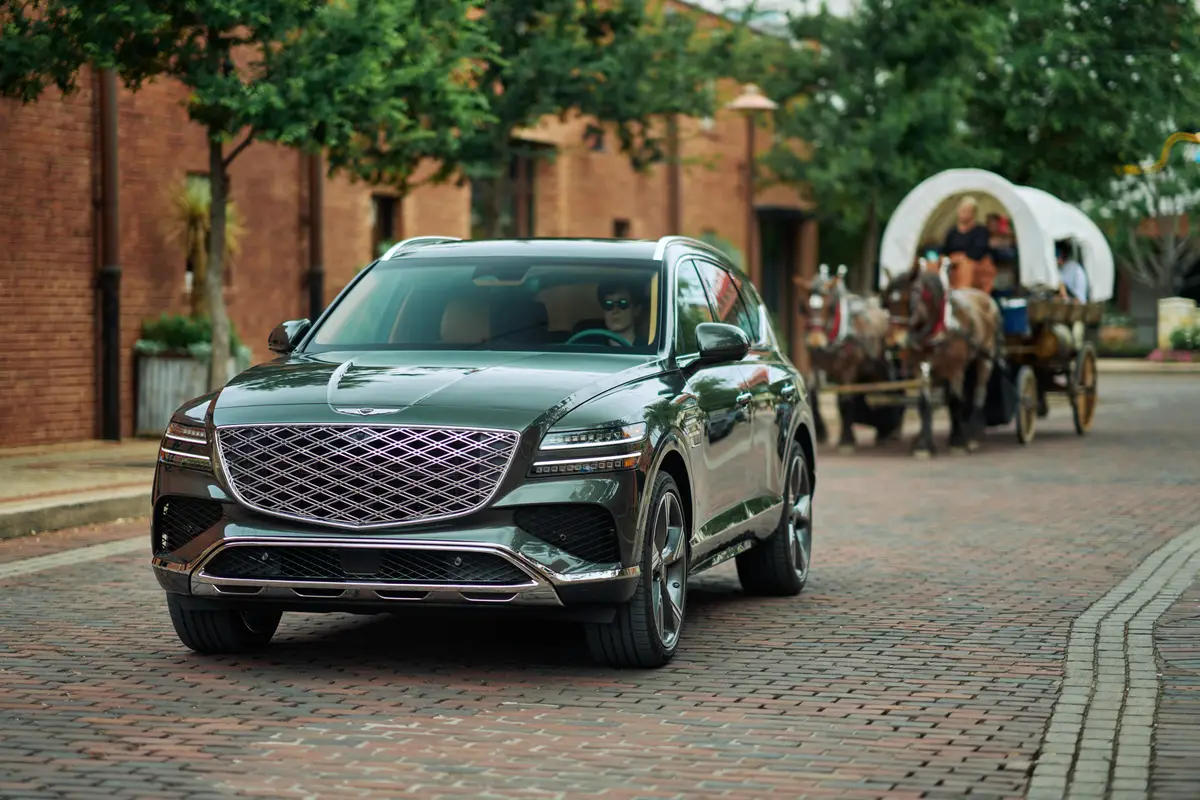IndyStar.com's view
The Lincoln-Mercury Division, established in 1945 to combine the manufacture and sales of Lincoln and Mercury automobiles, has been a successful and integral part of the Ford Motor Co.
But until now it never offered a minivan.
Production started April 14 in Ford’s Avon Lake, Ohio, assembly plant to build a 1993 Mercury Villager.
The Villager is a joint project with Nissan Motor Co. Ford is building both its own vehicle and the Nissan Quest.
Criteria set
Lincoln-Mercury management wanted its minivan to have power for towing, a carlike ride comparable to the Mercury Sable, and innovative features not found in competing minivans.
A tall order, but one that the division feels it has achieved. It believes the villager will appeal to sedan and station wagon owners who want added flexibility. Dealers had an opportunity to drive a prototype at Ford’s Florida evaluation center in March, and they came away with very favorable comments.
“It rides and drives like a passenger car,” said Tom Roush, head of Tom Roush Lincoln-Mercury-Mazda. “They did it with wheelbase and they did it with suspension.
“It’s not a choppy ride that’s found in most vans. What they’re doing is creating a Mercury-style luxury van.”
As minivans go, the Villager isn’t too mini. It stands on a 112.2-inch wheelbase, is 189.9 inches in overall length, and has a rated curb weight of 3,768 pounds.
Designers had latitude
Designers can do a lot with specifications like these, and there is sufficient size to let engineering people run with it a bit on their computers.
One of the more innovative features is its 14 seating and cargo configurations. The Villager can handle up to seven passengers, with the seating consisting of two front bucket seats, a two-passenger middle seat, and a three-passenger rear seat.
It’s the back seat where the design work gets to be pretty slick.
The third seat is mounted on tracks. Instead of being the usual fold-up unit, it can slide all the way up behind the driver and front passenger seats.
The division says this concept provides significantly more cargo-carrying flexibility than is provided by competitive minivans.
“This is going to appeal to young-family-type buyers,” Roush said. “It’s going to appeal especially to young women who want a van that has the qualities of the (Mercury) Sable station wagon to transport their families.”
Ford, Nissan cooperate
The introduction of the Villager marks a four-year period of cooperation between Ford and Nissan to build and market a world-class minivan.
The agreement between the two companies had its genesis in January 1988, with Ford having the responsibility for building the vehicle and providing a variety of component parts. Nissan’s responsibility was the primary design and engineering, and to supply power train componentry and some major stampings.
The design work was done at Nissan Design International at La Jolla, Calif. The engineering and vehicle developmen t was done at Nissan Research and Development in Farmington Hills, Mich. And engines and major stampings are provided by Nissan Motor Manufacturing at Smyrna, Tenn.
Based on Sable wagon
In the planning process, the Mercury Sable station wagon was chosen as the benchmark vehicle for ride and handling characteristics. Mercury included a high level of standard equipment as well as comfort and convenience features to meet its vehicle objectives.
In order to provide the Villager with performance and towing capacities, a V-6 with a four-speed automatic was chosen as the only engine/transmission package available. There is no four- speed or five-speed manual gearbox offered.
The engine is a 3.0-liter single-overhead-cam 6 that has aluminum heads and a cast-iron block. It has a sequential electronic fuel injection system and develops 151 horsepower and 174 foot-pounds of torque.
The four-speed automatic is electronically controlled. Unlike most four-speeds where fourt h comesi n automatically at a given shift point, a driver using the Villager’s transmission can electronically cut out fourth with an ON/OFF button on the gearshift lever.
The drive is through a front-wheel-drive transaxle unit in which fourth is an overdrive.
The automatic actually is a multimode unit that also has a power mode. This is controlled by a switch on the instrument panel, and programs the transmission to shift at higher engine speeds.
For owners who need higher trailer weights, the Villager has an optional towing package that allows a gross trailer weight of 3,500 pounds. The standard towing package allows a gross trailer weight of 2,000 pounds.
Avalable in GS and the more upscale LS versions, styling and appointments reflect the Mercury name. Front- end styling is highlighted by the Mercury light bar between the headlamps.
“The amenities are so much more than on a normal van,” Roush said. “It’s equipped just like our Sable wagon. In fact, it’s almost identical.
“And that’s what the public likes in our compact wagon.”
Prices and availability are not known at the moment.
Roush says that dealers have been told they could expect an entry-level cost that would be competitive with the Plymouth Voyager and Dodge Caravan. He expects the Villager to be in rather short supply for awhile.
“I believe we may get a few sometime in June,” he said. “But there won’t be many. They (Lincoln-Mercury) are non- committal on price. But I expect it will run from around $17,000 on up to maybe 25 ($25,000) for an LS with everything on it.”
Latest news



